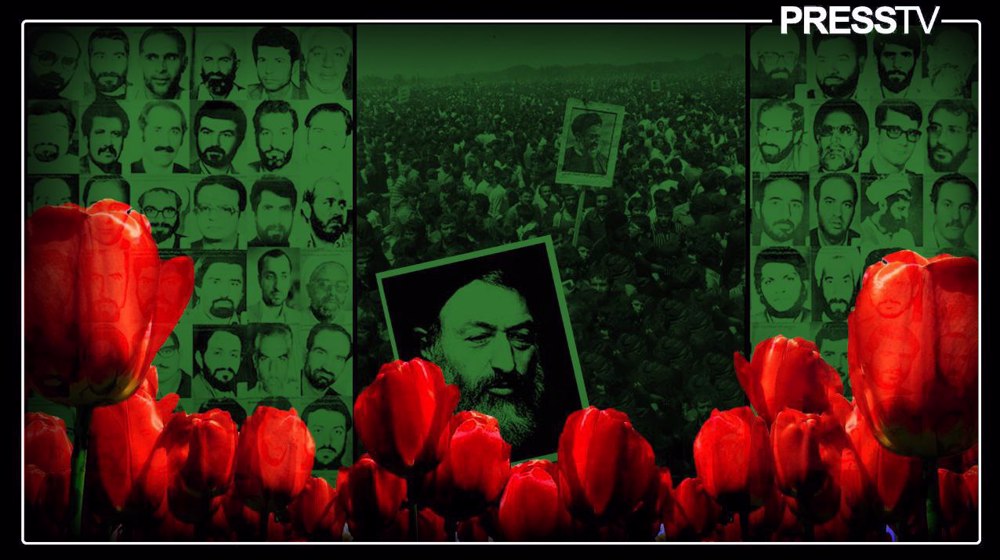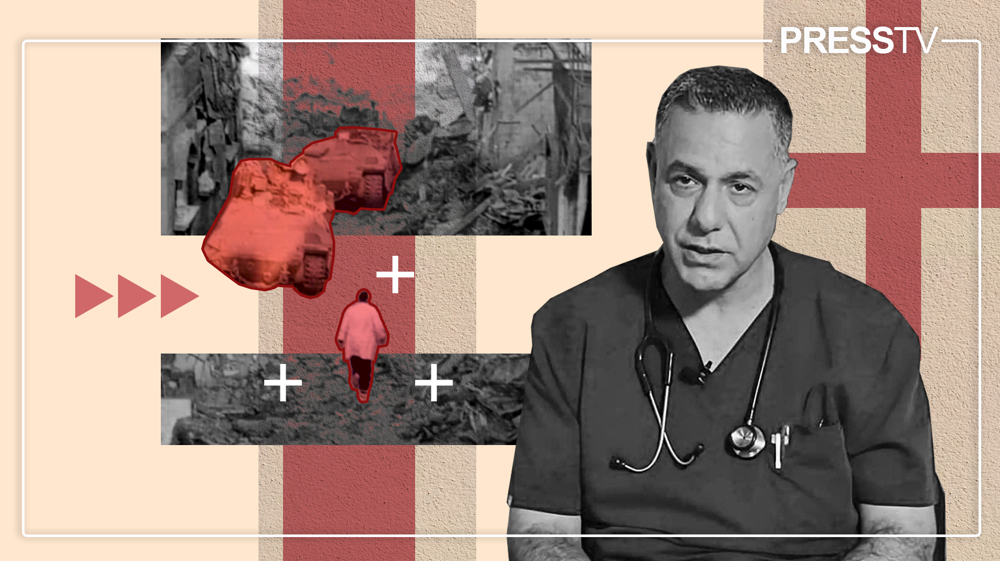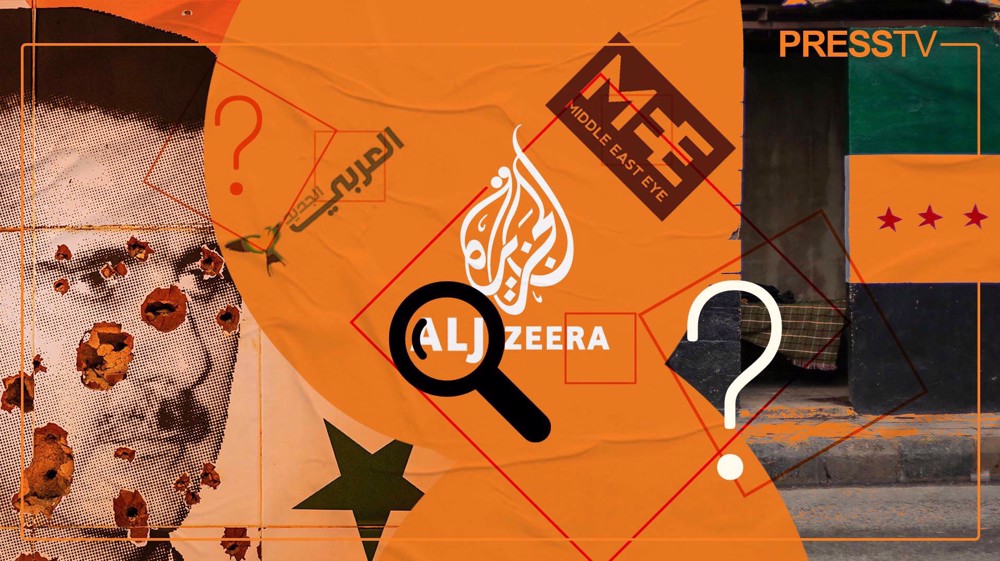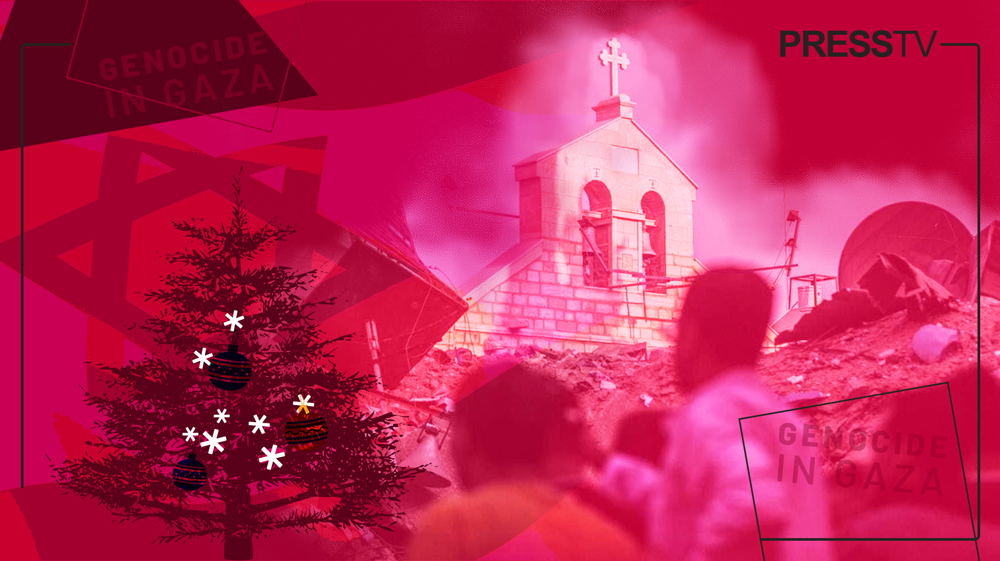42 years since Hafte-Tir bombing by West-backed MKO terror cult
By Yousef Ramezani
Iran marks the 42nd anniversary of the Hafte Tir massacre today, June 28, the worst and deadliest terrorist attack in the history of the Islamic Republic of Iran, which led to the martyrdom of 73 people and wounded dozens of others.
The target of the attack were members of the Islamic Republican Party (IRP), the leading political party in Iran at the time, who were holding a meeting at their party headquarters in Tehran.
Named after a date in the Iranian calendar (7th of Tir), the Hafte Tir bombing was one in a series of terrorist attacks by the notorious Mojahedin-e Khalq (MKO) terrorist group and their foreign backers.
The aim was to destroy the Islamic Republic immediately after the Islamic Revolution through dastardly terror campaigns against leading political parties and political figures.
How did the Haft Tir bombing happen?
The attack took place on June 28, 1981, at around 9:00 PM in the two-story IRP headquarters building in Sarcheshmeh, a neighborhood in central Tehran, while a meeting of party leaders was in progress.
At the time, a group of more than 90 high-ranking officials, including members of parliament and cabinet ministers, were listening to then-judiciary chief Ayatollah Seyyed Mohammad Beheshti's speech as he addressed a weekly party gathering.
Two powerful bombs, planted next to the podium by an MKO operative, blew up the building and caused it to partially collapse, leaving dozens of casualties buried under the rubble.
The explosion was so powerful that its ripples were felt throughout Tehran, bringing thousands of shocked people to the streets.
Immediately after the bombing, tens of thousands of people gathered around the disaster site, witnessing the relentless coming and going of ambulances.
The next day, massive demonstrations were held in cities across Iran to condemn the heinous terrorist act. Then-Prime Minister Mohammad-Ali Rajai declared a two-day national holiday and a week of mourning.
Who was Ayatollah Beheshti and other victims?
The terrorist attack led to the martyrdom of 73 prominent Iranian political figures and officials, including Ayatollah Beheshti, one of the influential and revolutionary leaders and clerics during the Islamic Revolution and one of the drafters of Iran's Constitution.
Ayatollah Beheshti served as a member of the Islamic Revolutionary Council, a leader of the Islamic Republican Party, as well as the head of the country's judiciary.
In addition to Ayatollah Beheshti, 72 other people, including four ministers, several deputy ministers, 27 members of parliament, and a group of members of the Islamic Republic Party, were also martyred.
Four slain cabinet members included Minister of Energy Hassan Abbaspour, Minister of Welfare Mohammed Ali Fayazbakhsh, Minister of Roads and Transport Musa Kalantari, and Minister of Telecommunications Mahmoud Qandi.
Mohammad Montazeri, Mohammad Ali Heydari, Seyyed Reza Paknejad, Gholamhossein Haqqani and Abdol Hamid Dayalmeh were among other prominent members of the IRP who were martyred in the attack. At least 28 others were injured.
Several others, such as Akbar Hashemi Rafsanjani, Mohammad-Javad Bahonar, Mohammad-Ali Rajai and Behzad Nabavi, were lucky to escape unhurt due to their absence or leaving the building minutes before the attack.
Who was responsible for the attack?
Police investigation revealed that the MKO, a terrorist cult that had carried out similar cowardly terrorist attacks against top Iranian officials in months before the Hafte Tir massacre, was responsible for it.
One such attack was the failed assassination bid on the Leader of the Islamic Revolution Ayatollah Seyyed Ali Khamenei, who was at the time Tehran's Friday prayer leader.
The unsuccessful attack happened just a day before the Hafte Tir carnage, carried out in a similar fashion, with a bomb hidden in a tape recorder placed in front of him in Tehran's iconic Abuzar Mosque.
The sophistication of explosives used and timers, as well as the miniaturization and skillful concealment, indicated that one of the foreign spy agencies was also involved in the attack alongside the MKO.
The initial indications proved to be correct when Mohammad-Reza Kolahi, an MKO operative disguised as an electrical technician, was identified as the perpetrator.
According to the investigation, Kolahi entered the IRP headquarters and planted hidden bombs near the pillars, and left a few minutes before the explosion.
He soon escaped from Iran to Saddam Hussein-ruled Iraq, where he stayed in MKO camps for years. However, in 1998, he was included in the list of "problematic" MKO members, and in 1999 he left Iraq for Germany, and further to the Netherlands.
At his last destination, he lived under the false identity of Ali Motamed and kept a low profile, until he was assassinated in 2015 under mysterious circumstances, taking all secrets to his grave.
Although the MKO never directly claimed responsibility for the attack, its leadership openly celebrated it and even ridiculed the victims, and in recent years they have launched a campaign to whitewash their terrorist role.
Iranian investigations, most international security experts, and even US official documents do not doubt the terror cult's role in the Hafte Tir massacre.
In a memorandum dated August 21, 1981, and marked "confidential," sent to US President Reagan by National Security Advisor Richard V. Allen, it was clearly and unambiguously stated that the MKO is responsible for the Hafte Tir bombing.
Today, the US government calls the MKO the "democratic opposition", gives them sanctuary in Albania and uses their staff for malicious operations against Iran.
Yousef Ramezani is a Tehran-based strategic affairs and security analyst
VIDEO | Press TV's news headlines
VIDEO | Tehran hosts gathering highlighting shared belief in promised savior
VIDEO | Iran, Oman discuss regional developments, bilateral ties
VIDEO | Russia 2024 Review - Putin’s reelection, BRICS+, terrorism highlight the year
VIDEO | Qasem Soleimani: An Immortal Legacy
VIDEO | Gaza beset by calamities
825 Israeli forces killed in Gaza since war started: Daily
VIDEO | Jordanians condemn Israeli attack on Kamal Adwan hospital











 This makes it easy to access the Press TV website
This makes it easy to access the Press TV website